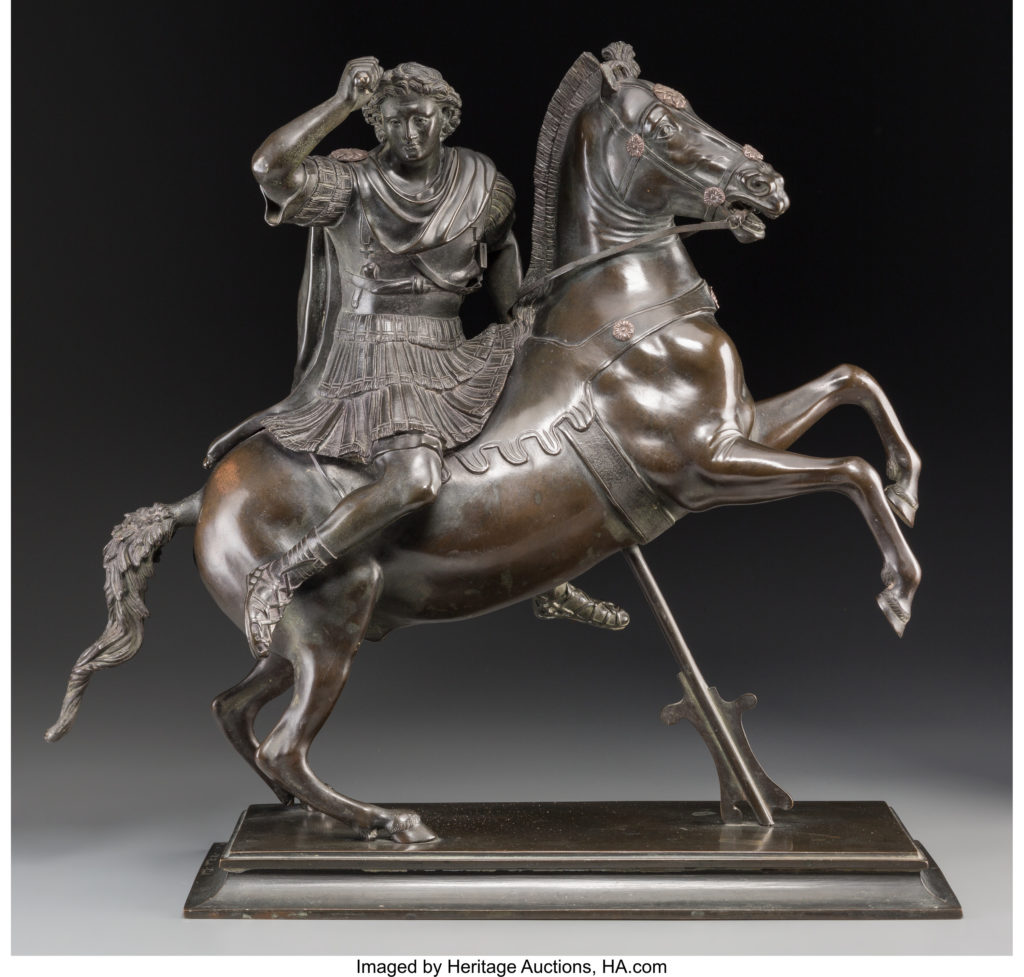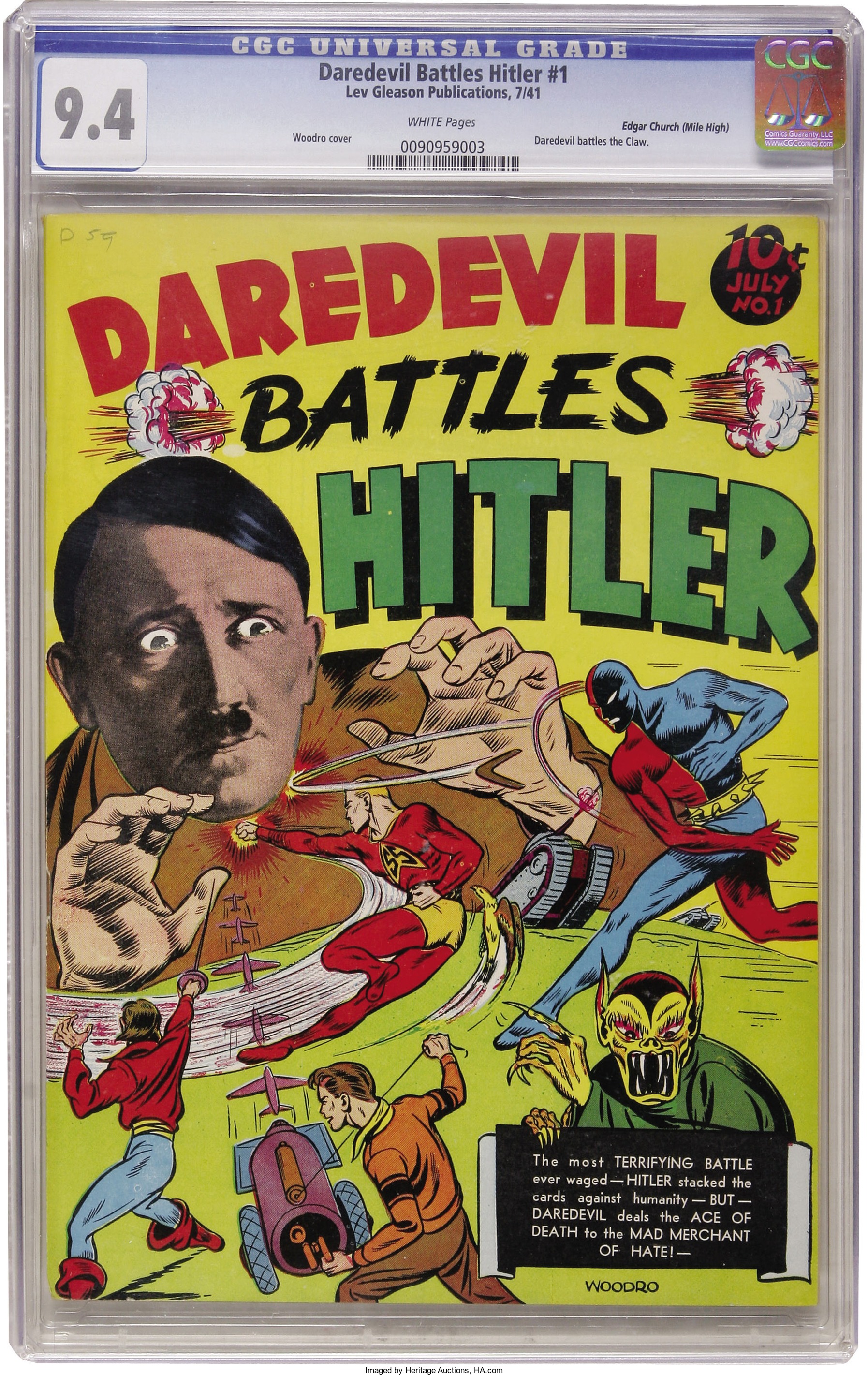
By Jim O’Neal
The New York Times recently wrote about Secretary of State Rex Tillerson, referring to a “secret plan” to deal with the growing North Korean nuclear threat to the world.
Military historians know that armies make plans. Alexander the Great had a plan for invading the Persian Empire to kill or capture Emperor Darius. Hannibal had a plan in the Second Punic War to elude the Roman navy by using war elephants to cross the Alps into Spain. King Phillip II had a plan in 1588 to defeat England using his impressive armada.
Napoleon is occasionally derided for having a “plan of the year” to guide his activities to defeat his European enemies, which included Egypt, Austria, Italy, Prussia and even Russia. But by 1870, Napoleon II had ushered in a new era of military planning, requiring meticulous details that covered every contingency. Earlier in 1810, Prussia had founded a war academy to train officers in staff duties to expand their basic skills.
After the remarkable Prussian victories over Austria (1806) and France (1870), institutions in other countries were hastily modified to conform, most notably the French École de Guerre in 1880. There would be no equivalent in the diplomatic world. As late as 1914, the British Foreign Office was still choosing entrants on the basis of relationships with ambassadors and other cronies. Diplomacy remained an art taught in embassies and despite being dedicated to national interests, there was not a shared belief that their roles were to avoid war with skillful negotiations.
The Balkan Wars of 1912-13 had been settled chiefly by diplomacy because the crisis had been isolated to national interests, as opposed to the far trickier national honor or prestige. However, in 1914, the weakest of the European powers, Austria-Hungary, was rocked by the assassination of the heir to the throne by a subversive from Serbia. Franz Ferdinand, nephew to Emperor Franz Joseph, had traveled to Bosnia to observe routine military maneuvers. The next day, he and his wife drove to the principal capital, Sarajevo.
This was an era when heads of state were often in grave danger … a Russian Tsar, an Austrian princess and an American president all felled by fanatics or lunatics. In the case of Archduke Franz Ferdinand, it was a group of assassins lying in wait with bombs and a pistol. Someone threw a bomb that bounced off the car, exploding and only wounding an officer. Forty-five minutes later, en route to visit the wounded, the driver made a wrong turn and stopped in front of an assassin with the pistol. Gavrilo Princip stepped forward and killed both Ferdinand and his wife, Sophie.
What followed was an astonishing series of interlocking alliances and mutual pacts that fell like a row of dominos and created a world war … France to go to war on Russia’s side and vice versa if either were attacked by Germany; Britain to lend assistance to France if needed; Germany, Austria-Hungary and Italy (the Triple Alliance) versus the Central Powers (Germany and Austria-Hungary).
It was a conflict of unprecedented ferocity that ended the peace and prosperity of the Victorian Era, unleashing demons of mechanized warfare and mass death. An unanswered mystery is how a civilization at the height of its achievements could propel itself into such a ruinous conflict. The answer lays hidden in the negotiations among Europe’s crowned heads (all related by blood) and their doomed efforts to diffuse the crisis. By the end of the senseless war, three great empires – the Austrian-Hungarian, the Russian, and the Ottoman – had collapsed. An unthinkable outcome.
Perhaps it is as simple as the often-overused quote by Mike Tyson: “Everybody has a plan … until they get punched in the mouth.”
Can you hear us Rex?
 Intelligent Collector blogger JIM O’NEAL is an avid collector and history buff. He is president and CEO of Frito-Lay International [retired] and earlier served as chair and CEO of PepsiCo Restaurants International [KFC Pizza Hut and Taco Bell].
Intelligent Collector blogger JIM O’NEAL is an avid collector and history buff. He is president and CEO of Frito-Lay International [retired] and earlier served as chair and CEO of PepsiCo Restaurants International [KFC Pizza Hut and Taco Bell].

